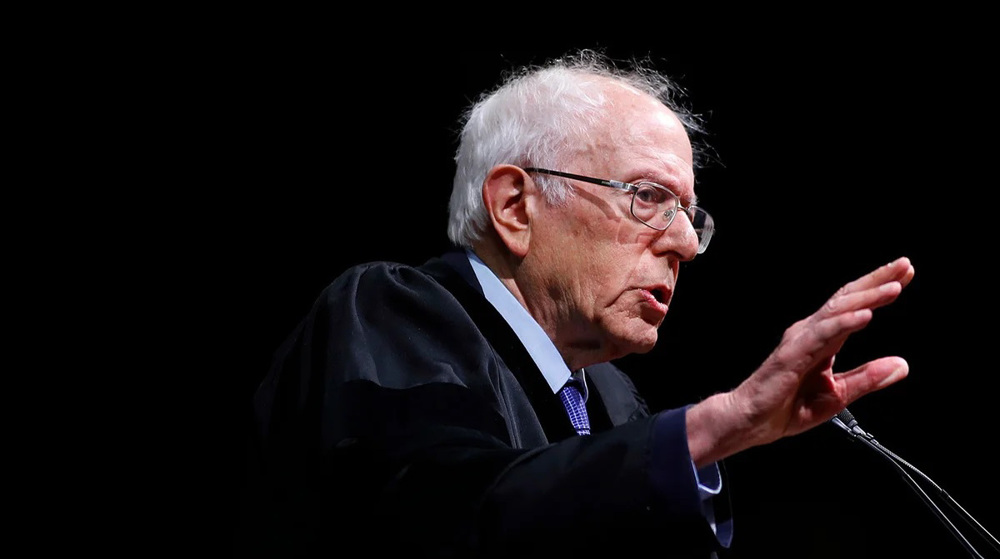Anger as Biden rejects major debt relief caused by student loans
Ramin Mazaheri
Press TV, Chicago
In the United States, university education is so expensive that it is the second-biggest cause of debt, exceeding both credit card and auto loan debt. Only mortgage debt generates a greater amount of money for banks.
Forty percent of student borrowers do not even graduate from university, but in good news- half of all American Millennials- those aged 24 to 40 years old- do have a college degree. However, instead of providing a pathway to prosperous employment, college is often a downward spiral into crushing amounts of debt.
The average student in the United States today leaves college with $37,000 of debt from student loans. University tuition has risen by almost 1,200 percent since the late 1970s.
Those younger than 24- called Generation Z- face the same prospect of expensive higher education combined with the national economic stagnation since 2008.
While on the campaign trail, Democrats raised major hopes with talk of an executive order cancelling up to $50,000 in student debt, but President Joe Biden just declared, “I will not make that happen”, and he will only consider $10,000 in debt relief.
Such huge amounts of debt has forced the Millennial class to often delay mature steps like buying a house, investing, pursuing a graduate degree, getting married and having children. That all depresses the economy, creates more social instability and disharmony, and all the while economic inequality skyrockets in favor of the moneylenders.
The student debt crisis is seemingly a uniquely American issue and 45 million Americans owe almost $2 trillion in student debt. The immense scope of the problem seems to ensure that the nation’s young adults will keep this issue in the limelight for years, or maybe even decades, until either debt relief is granted or wages massively rise.
Power generated by Iran’s only nuclear plant at over $8bn: Report
Israel’s Ben Gvir to Netanyahu: Bomb aid deliveries into Gaza
VIDEO | Israel seizes administration of Ibrahimi Mosque, sparking Palestinian outrage
UN envoy warns Israel against ‘unacceptable’ military escalation in Syria
Arab League endorses Egypt’s Gaza reconstruction plan at Cairo summit
Israel kills 4 more Palestinians in Jenin
VIDEO | Gazans observe Ramadan amid Israel’s violations
Iran court jails ex-ministers over role in massive corruption case









 This makes it easy to access the Press TV website
This makes it easy to access the Press TV website